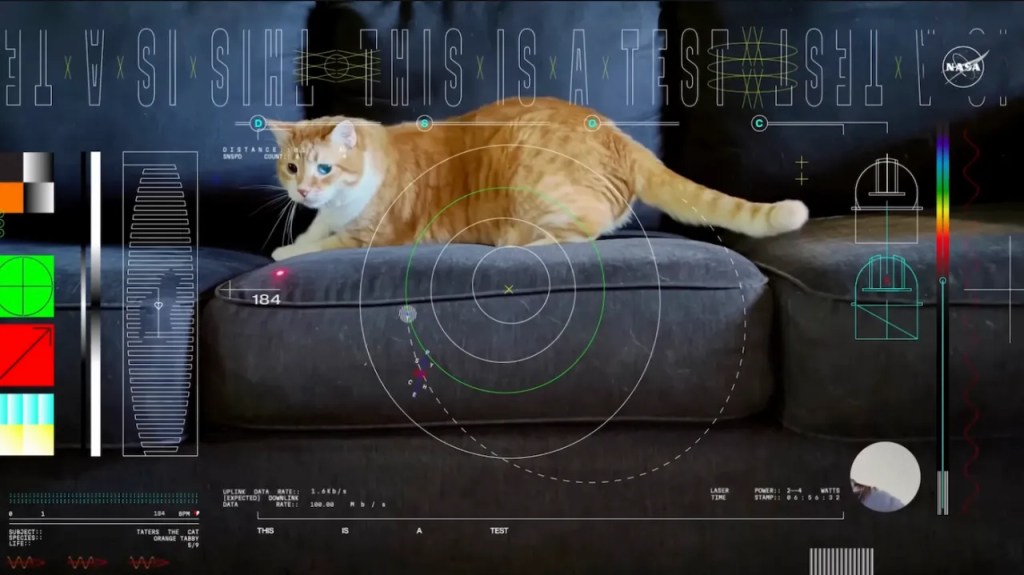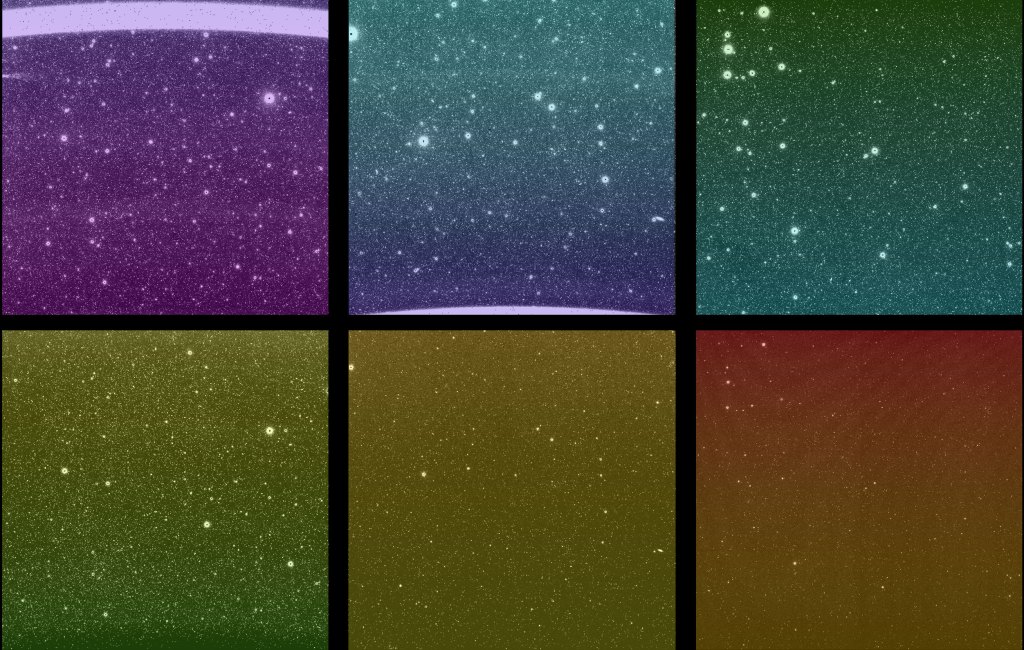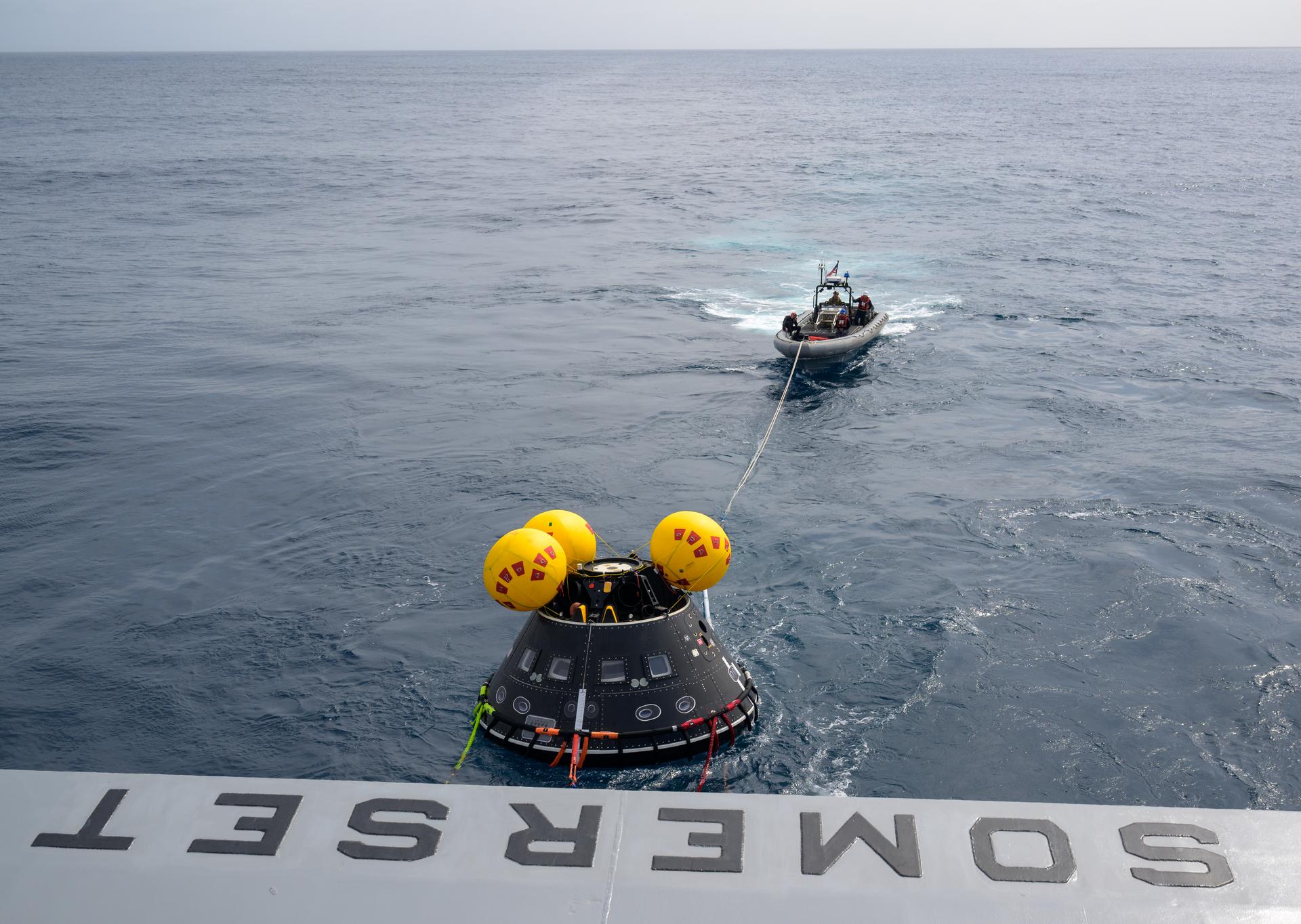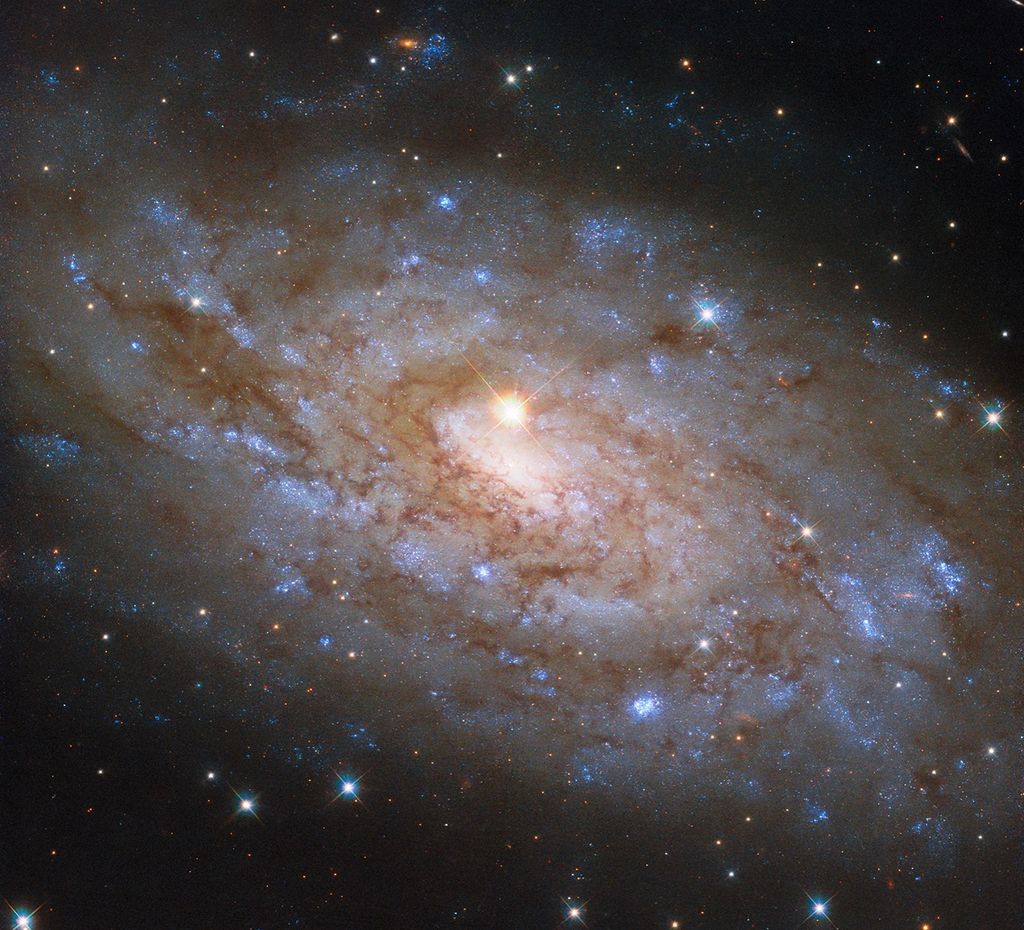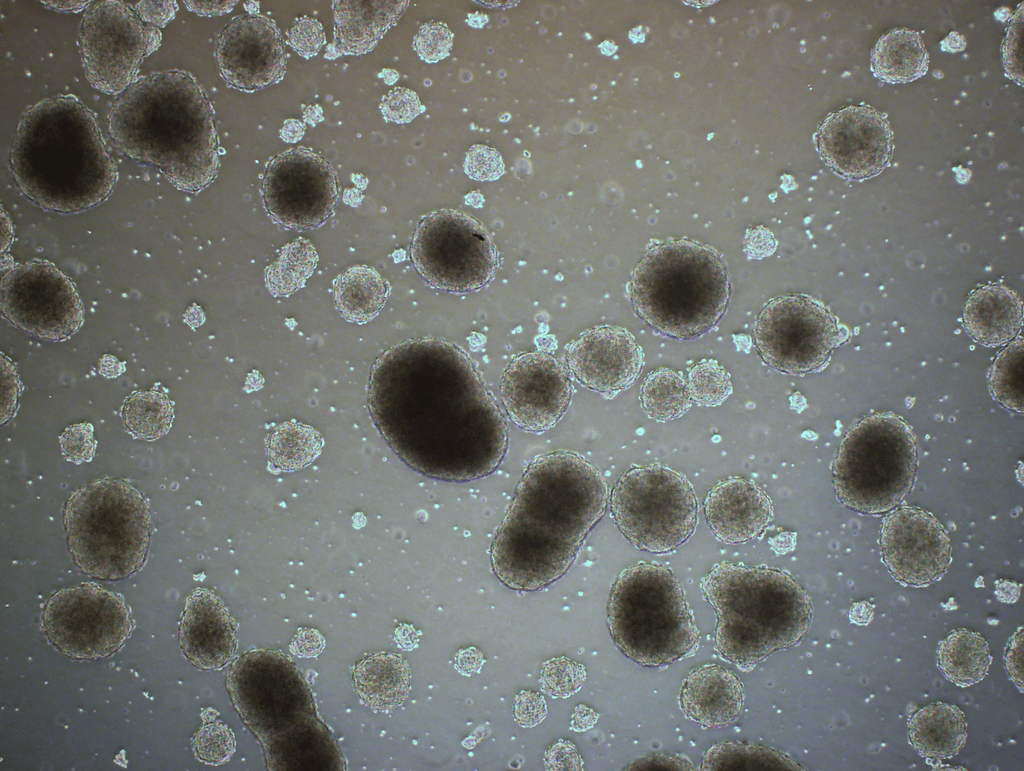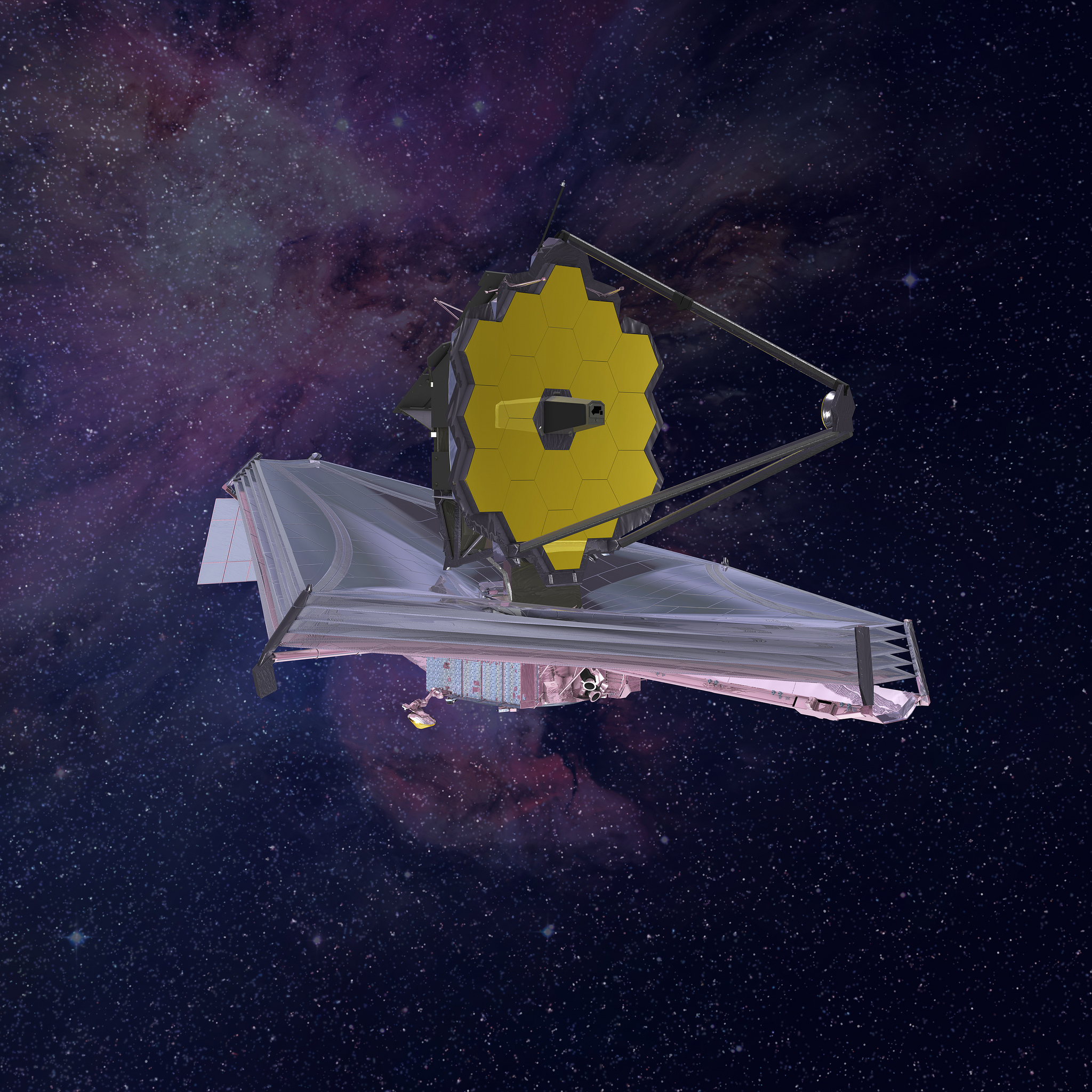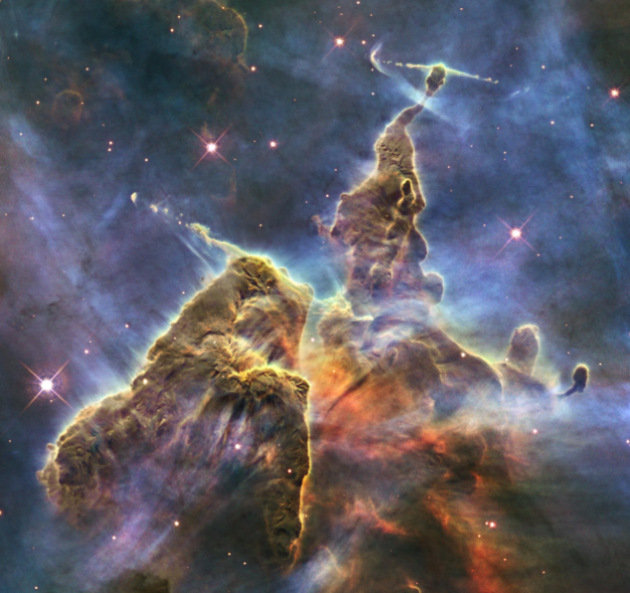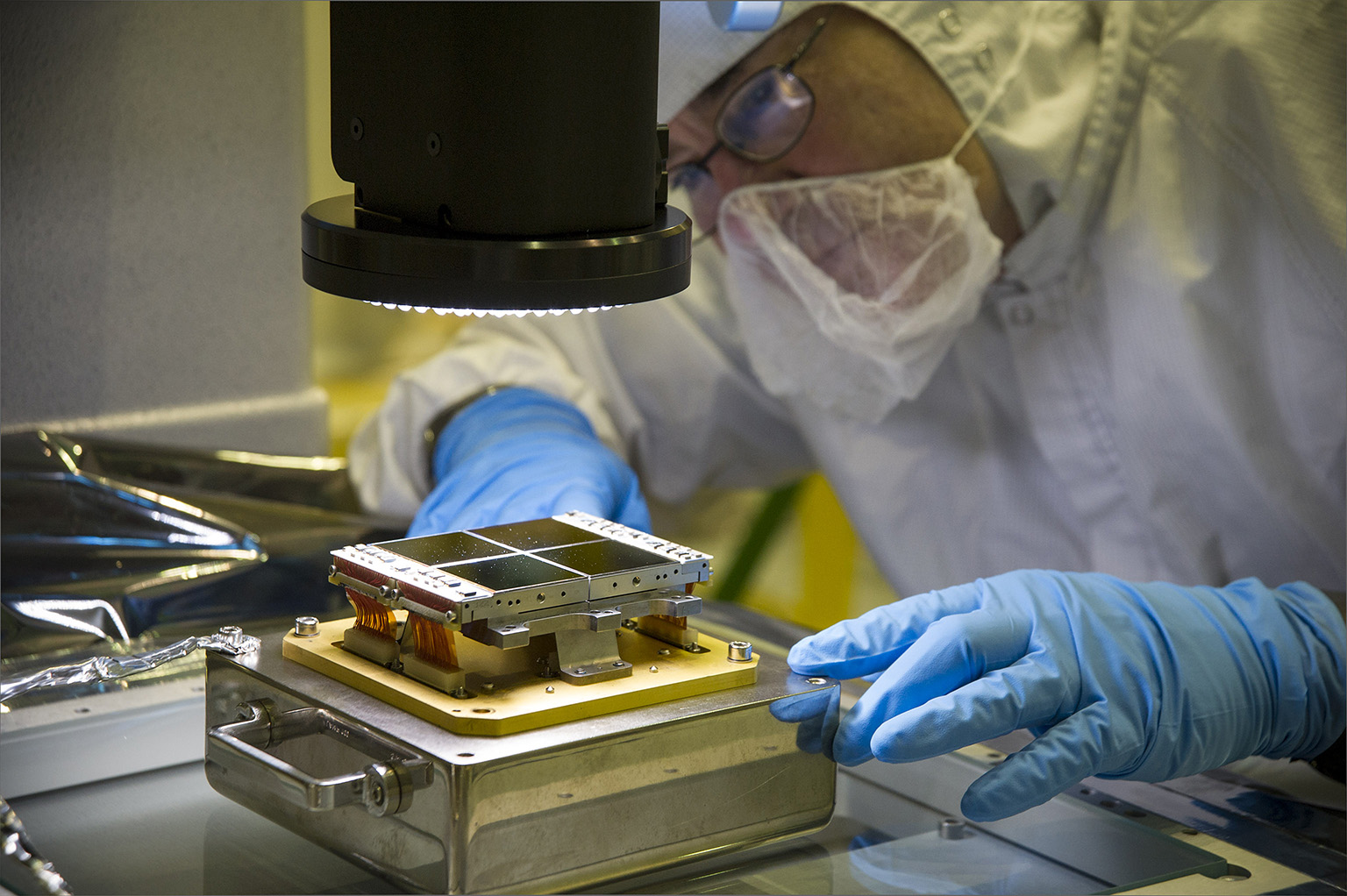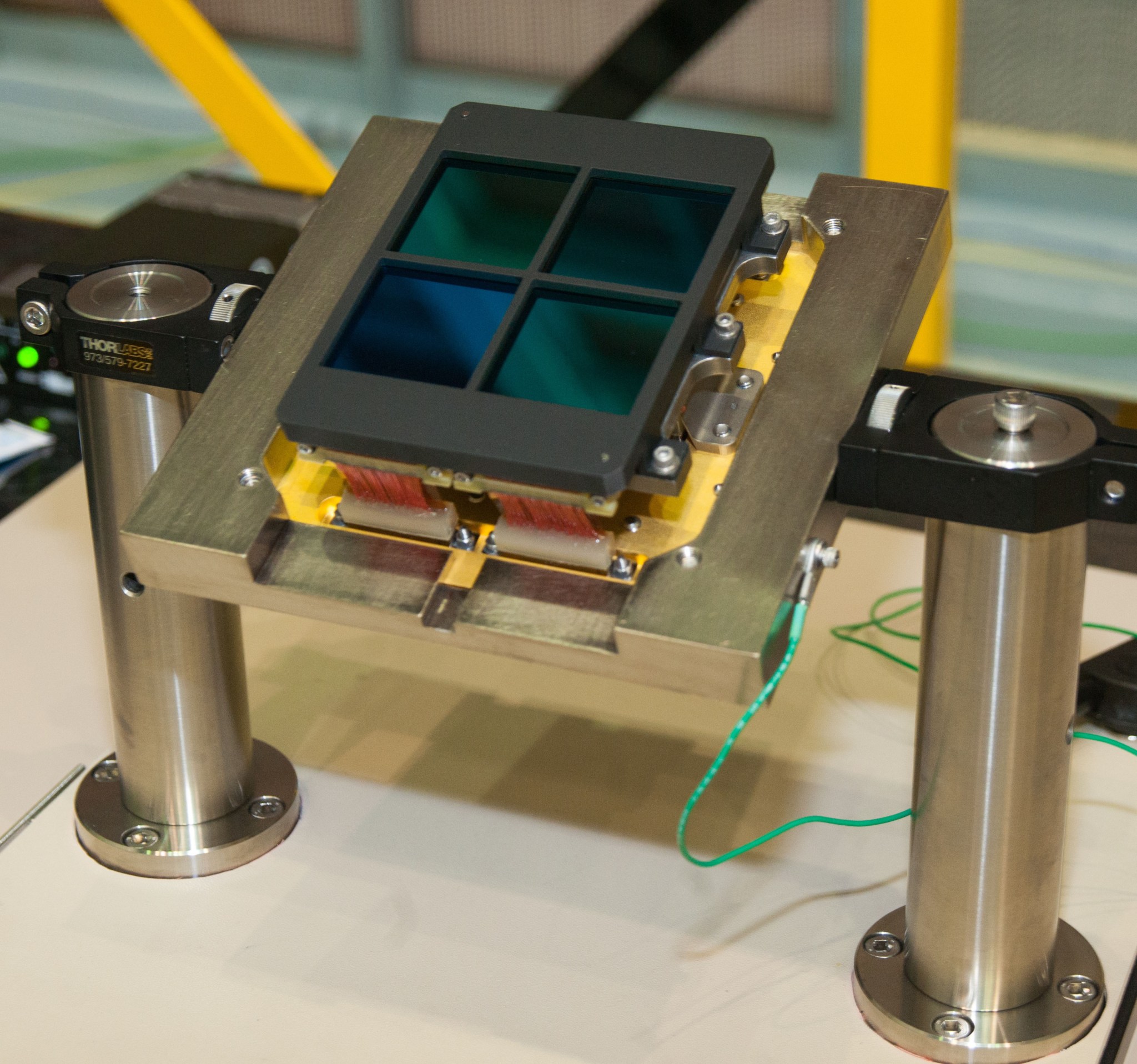The James Webb Space Telescope is the most complex space science observatory ever built. Its revolutionary science is made possible by key contributions from NASA’s expertise in Silicon Valley, and will allow scientists to explore parts of the universe never seen before.
Webb will peer more than 13.5 billion years back into cosmic history to a time when the first luminous objects were evolving. It’s the first observatory capable of exploring the very earliest galaxies, and could transform our understanding of the universe. Webb will also study the atmospheres of planets orbiting other stars, and observe moons, planets, comets, and other objects within our own solar system. This data will reveal the molecules and elements that exist on distant planets, and could unlock clues to the origins of our planet and life as we know it.
NASA’s Ames Research Center in California’s Silicon Valley made significant contributions to early mission concepts, technology development, and modeling. Ames researchers also will lead and contribute to the mission’s science investigations.
Early Concepts and Detector Technology Development
When designing Webb, engineers had to imagine a telescope unlike any built before. In the late 1990s, NASA received a formal recommendation that a telescope to follow the Hubble Space Telescope should operate at infrared wavelengths and be equipped with a mirror larger than four meters. After that, a team of engineers and astronomers at Ames worked together to guide, define, develop, and test Webb’s novel detector technology. All of Webb’s onboard science instruments benefit from Ames’ contributions.
Webb’s mirrors collect light and direct it to the science instruments, which filter that light before focusing it on the detectors. Each of Webb’s four instruments has its own set of detectors, which absorb photons and convert them to electronic voltages that can be measured.
These new detectors need to be extraordinarily sensitive in order to record the feeble light from far-away galaxies, nebulae, stars, and planets. Webb needs large-area arrays of detectors to efficiently survey the sky. Ames has extended the state of the art for infrared detectors by guiding the development of detector arrays that are lower in noise, larger in format, and longer lasting than their predecessors.
These detectors allow Webb to “see” light outside the visible range and show us otherwise hidden regions of space at the near-infrared and mid-infrared wavelengths. With its longer wavelengths, infrared radiation can penetrate dense molecular clouds, whose dust blocks most of the light detectable by the Hubble instruments.
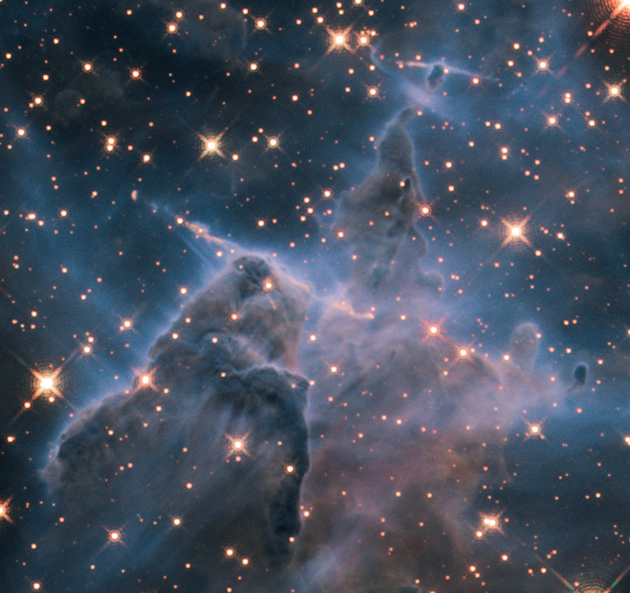
Infrared Detectors
Webb uses two types of detectors in order to sense shorter or longer wavelength light.
Three of Webb’s four science instruments capture near-infrared wavelengths. The Near Infrared Spectrograph, or NIRSpec; Near-Infrared Camera, or NIRCam; and the Fine Guidance System/Near-Infrared Imager and Slitless Spectrograph, or FGS/NIRISS, all use mercury-cadmium-telluride detectors. The Mid-Infrared Instrument, or MIRI, uses arsenic doped silicon detectors, and is Webb’s only mid-infrared tool.
The Ames Detector Lab performed foundational work to characterize mid-infrared detector performance in a space radiation environment and developed large-area, low-background mid-infrared detectors. The fruits of this multi-decade effort are in MIRI, but also benefited several Webb detector candidates.
Six Modes to Split Light
In addition to the detector work, Ames scientists contributed to the design, development, and testing of two of Webb’s scientific instruments, NIRCam and MIRI.
All four of Webb’s scientific instruments use spectroscopy to break down light into separate wavelengths – like raindrops create a rainbow – to determine the physical and chemical properties of various forms of cosmic matter. The spectrographs divide light to send to the detectors, which measure their intensity. The intensity of wavelengths, or their absence, can reveal the temperature, density, motion, distance, elements, and molecules of objects.
Webb is equipped with several modes of spectroscopy to address specific scientific questions. A scientist at Ames designed silicon dispersers – which spectrographs use to spread light out – and led the development of the spectroscopic modes of the NIRCam instrument, which are:
- Wide-Field Slitless Spectroscopy: to capture the overall spectrum of a wide field of view – a field of stars, part of a nearby galaxy, or many galaxies – at once.
- Time-Series Spectroscopy: to capture the spectrum of an object or region of space at regular intervals in order to observe how the spectrum changes over time. Time-series spectroscopy is used to study planets as they transit their stars.
For researchers:
Ames’ Contributions to Webb’s Science Program
Astrophysicists and scientists at Ames will use Webb to continue studying brown dwarfs, young stars, evolved stars, nearby galaxies, and worlds beyond our solar system, called exoplanets. They’ll also look for signs of polycyclic aromatic hydrocarbons, or PAHs, a class of large, chicken wire-shaped molecules that scientists believe could have played a role in the origins of life on Earth and elsewhere in the cosmos. Collectively, Ames researchers will lead over 400 hours of observations in the first year of Webb operations using Guaranteed Time, Early Release Science, and General Observer observations.
Learn more:
-
NASA release: NASA’s James Webb Space Telescope General Observer Scientific Programs Selected (March 30, 2021)
For researchers:
- https://ntrs.nasa.gov/api/citations/20180004151/downloads/20180004151.pdf
- https://www.stsci.edu/jwst/science-execution/program-information.html?id=1977
- https://www.stsci.edu/jwst/science-execution/program-information.html?id=1591
- https://www.stsci.edu/jwst/science-execution/program-information.html?id=1227
- https://www.stsci.edu/jwst/science-execution/program-information.html?id=1233
- https://www.stsci.edu/files/live/sites/www/files/home/jwst/documentation/technical-documents/_documents/JATIS_3_3_035001.pdf
- https://www.stsci.edu/jwst/science-execution/program-information.html?id=1591
- https://www.astrochemstry.org/pahdb
- https://www.github.com/PAHdb/pyPAHdb
- https://www.stsci.edu/jwst/science-execution/program-information.html?id=1288
- https://www.stsci.edu/jwst/science-execution/approved-programs/dd-ers/program-1288
- https://jwst-ism.org
Keeping People and Spacecraft Safe
At NASA, safety is a core value. A mission like Webb is incredibly complex with multiple chances for failure. Webb’s mission assurance efforts put safeguards in place to better the odds of success. Ames will continue to partner with NASA’s Goddard Space Flight Center in Greenbelt, Maryland to support the Webb observatory throughout its mission, in the areas of:
- Mission Critical Software: Ames provides assurance, safety, and reliability engineering support for the spacecraft as well as instrument flight software the science community will use to plan, execute, and analyze observations using the Webb observatory.
- Mission Operations: Webb’s Mission Operations Center – or mission control – is at the Space Telescope Science Institute at Johns Hopkins University in Baltimore. Ames provided mission operations assurance engineering support to the Mission Operations Team during Webb’s launch from Europe’s Spaceport in French Guiana, as well as during the observatory commissioning and deployment phases.
Bringing Webb into Your Home
Spacecraft like the James Webb Space Telescope travel to far-off destinations, but the NASA mobile app uses the latest in augmented reality, or AR, to bring NASA’s space exploring technologies right into the homes of users. Currently the NASA app includes the Webb telescope and 34 other AR models, plus detailed information about each mission. Download the NASA app today and experience exploration here and beyond.
NASA provides regular updates about commissioning milestones on the Webb telescope blog. The public also can follow Webb’s progress online via a “Where is Webb?” interactive tracker.
Collaborators
Webb, an international partnership with the ESA (European Space Agency) and the Canadian Space Agency, launched Dec. 25 from Europe’s Spaceport in Kourou, French Guiana. On Jan. 8, Webb finished unfolding in space after having been stowed inside the nose cone of an Arianespace Ariane 5 rocket for launch. The observatory is now preparing for science operations, a human-controlled process called commissioning that provides the team with the flexibility to pause and adjust as needed.
For news media:
- Webb Telescope webpage: https://www.nasa.gov/mission_pages/webb/news/index.html
- Webb media kit: https://jwst.nasa.gov/content/webbLaunch/assets/documents/WebbMediaKit.pdf
- Members of the news media interested in covering this topic should reach out to the NASA Ames newsroom

